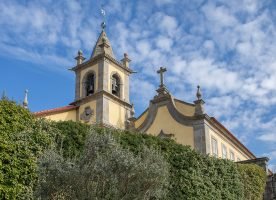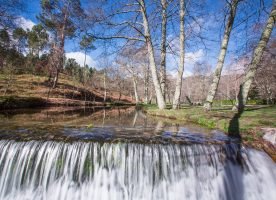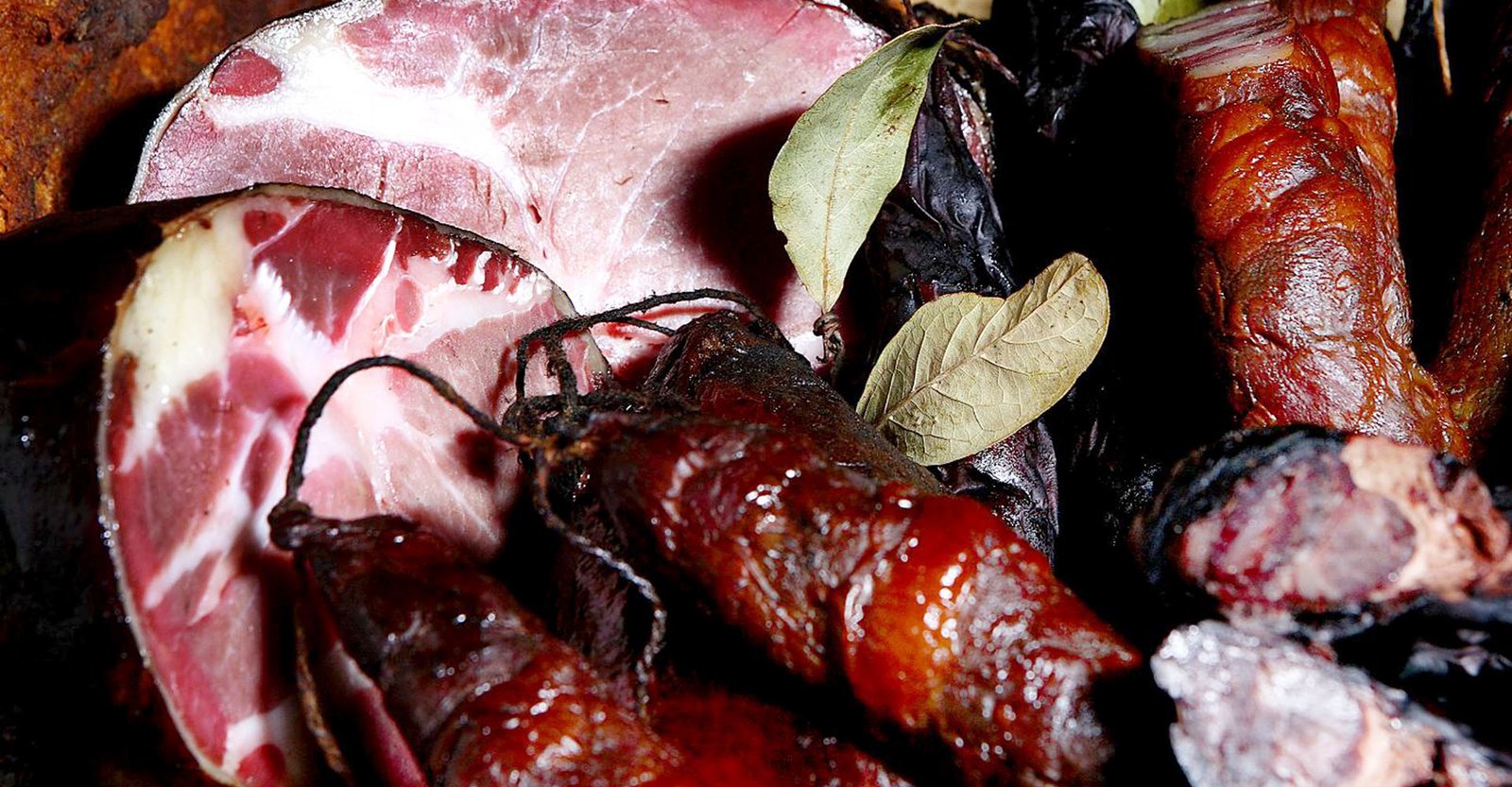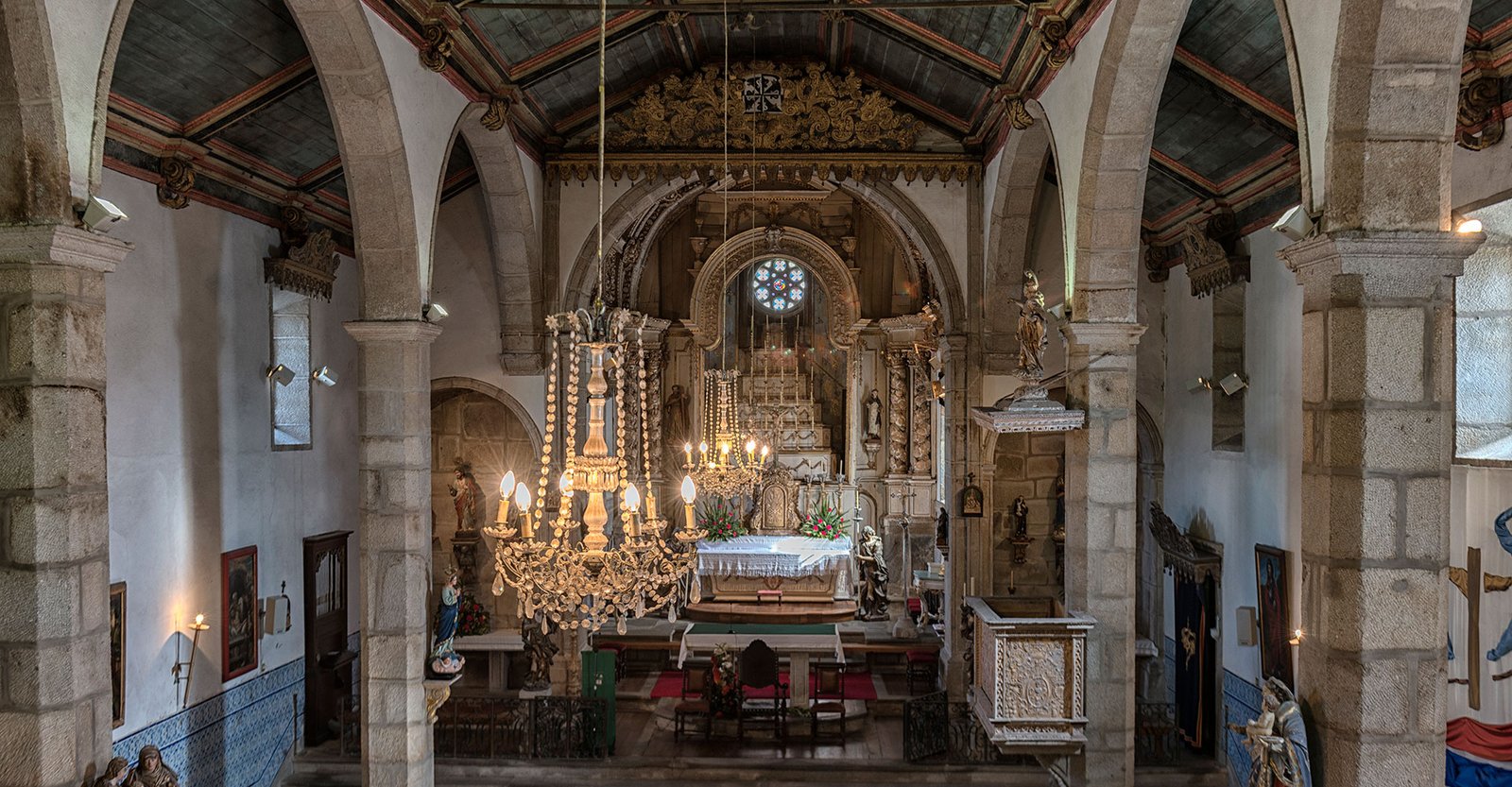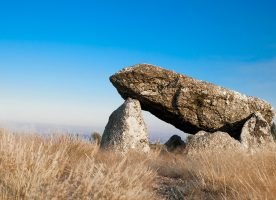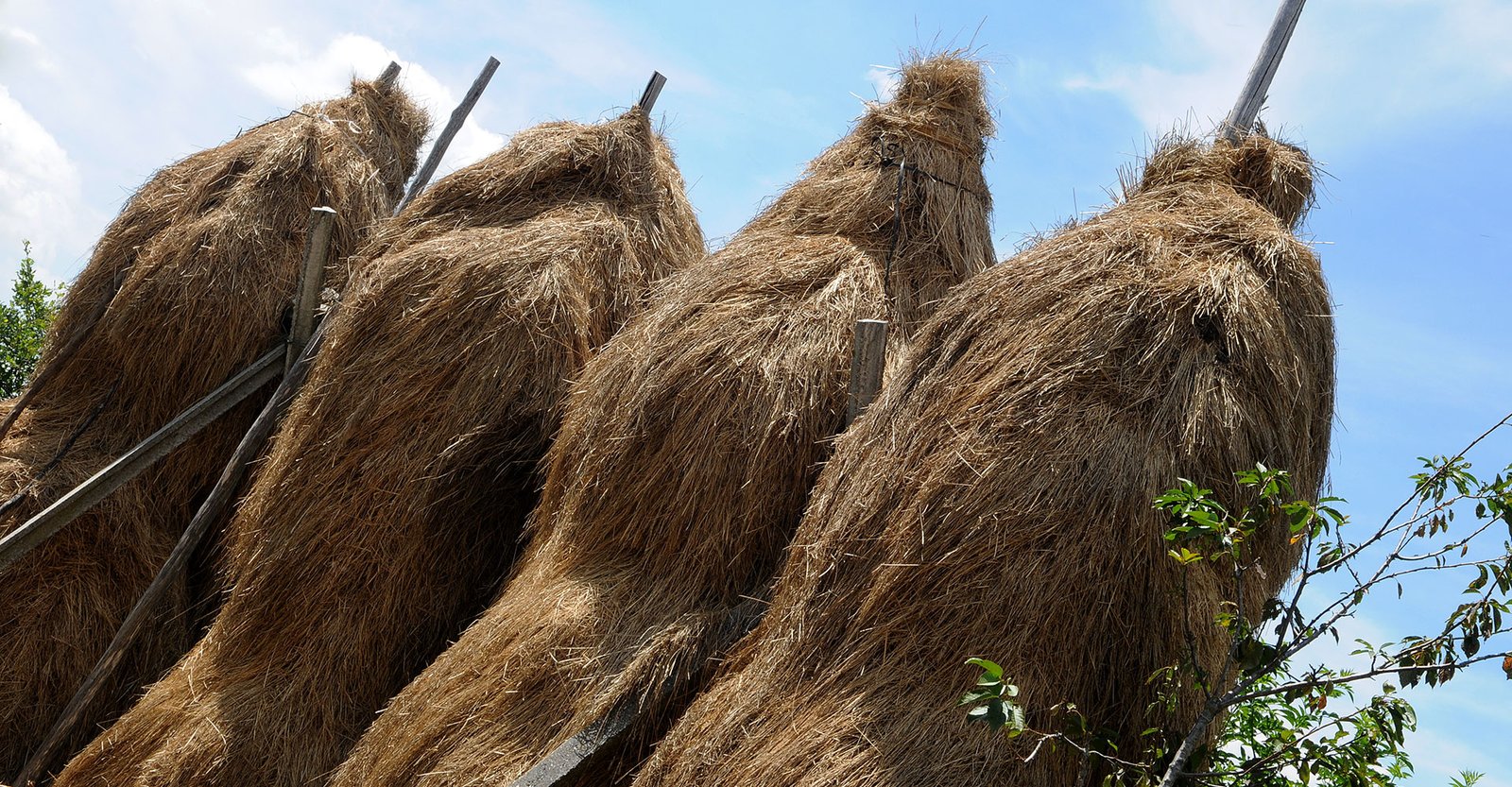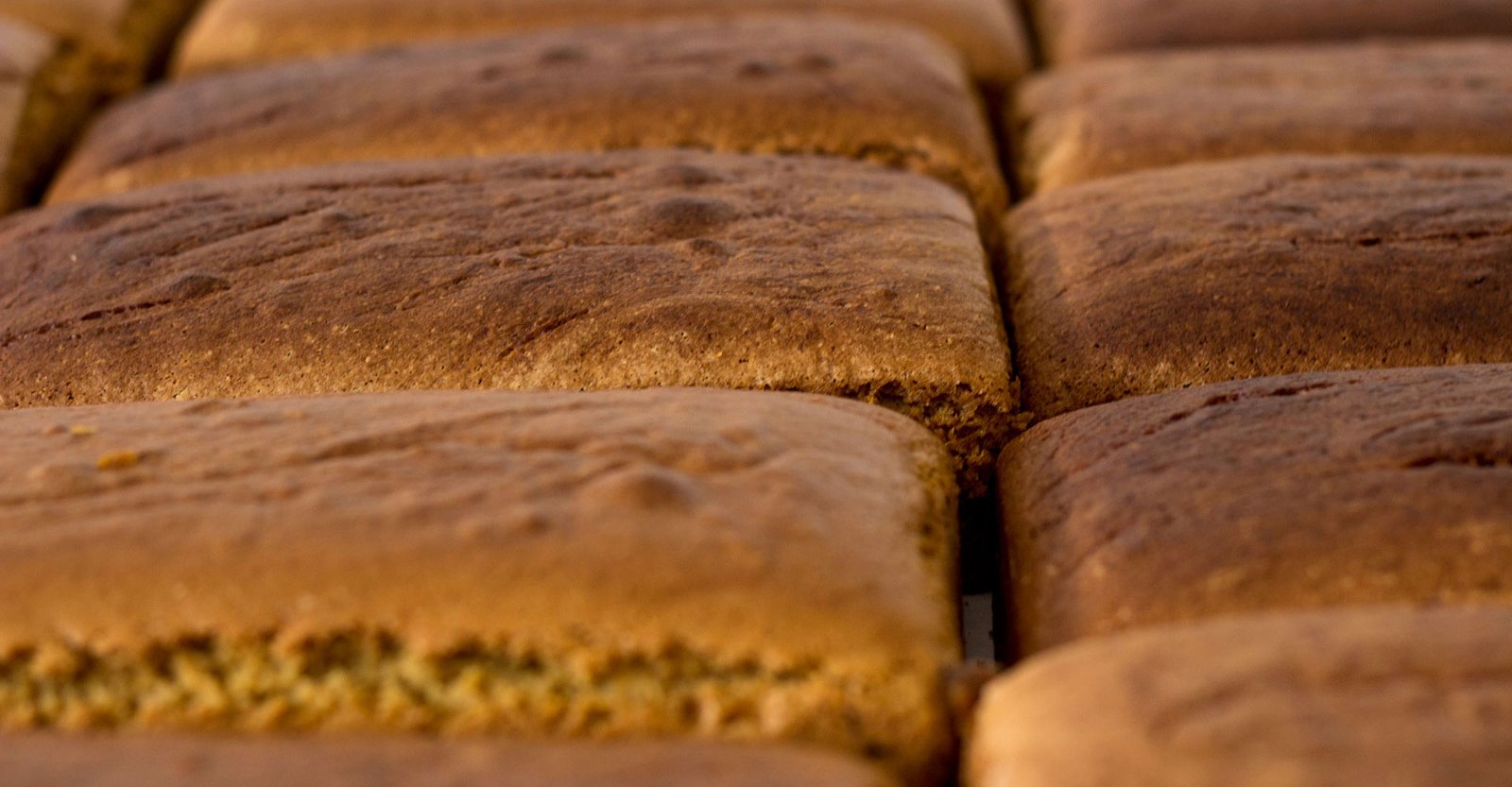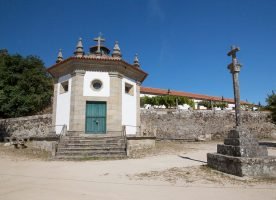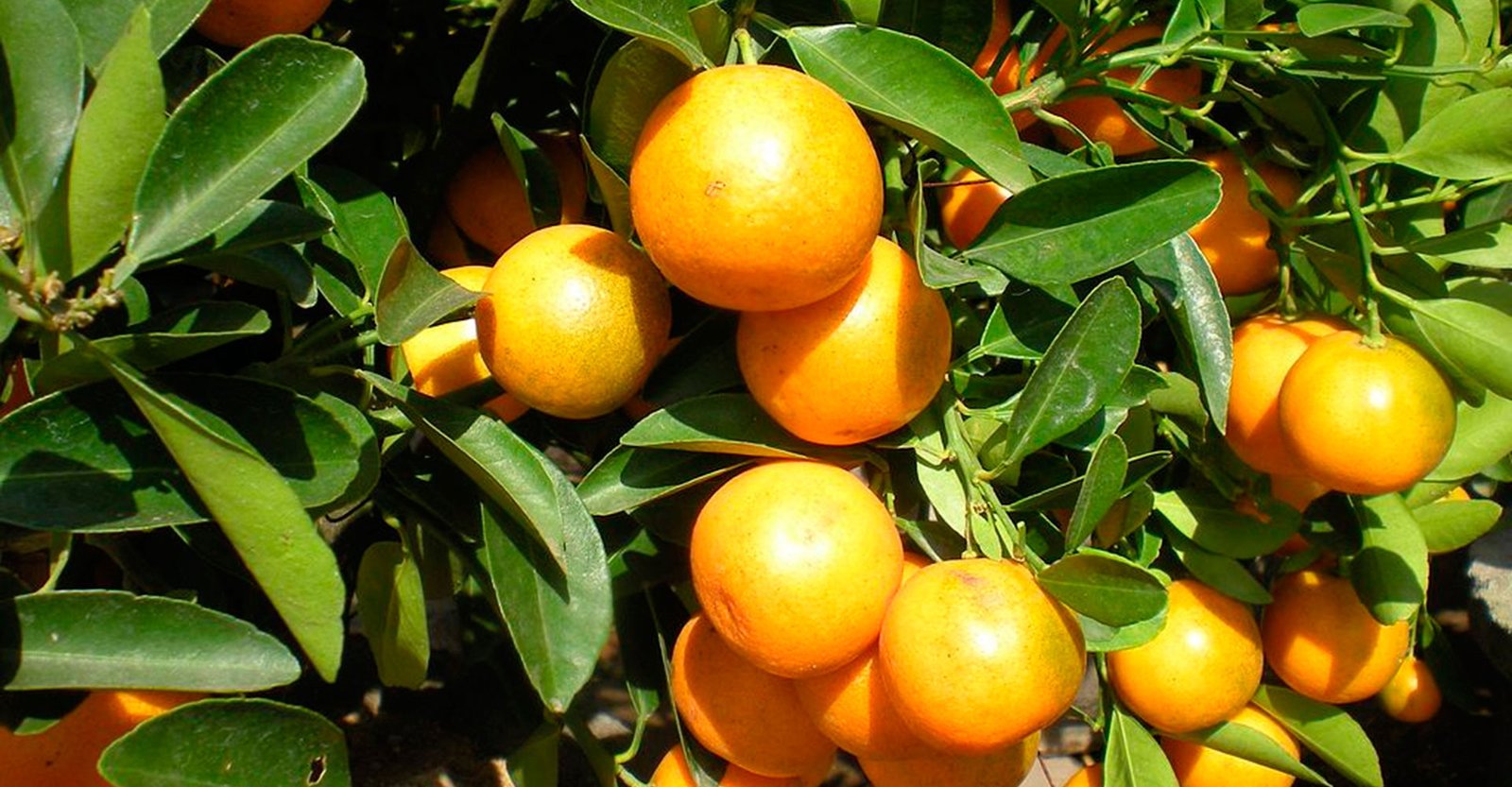Located in São João de Ovil, the village of Matos has as particularity, in which the most important route is undoubtedly the one that goes to Campelo / Baião. More secondary what goes to Outrema and then goes to Vilarelho or Ovil. Equally important are the paths that follow to the fields.
RELIGIOUS ELEMENTS: In the locality existed some alminhas that according to the testimonies of this village, were taken to Outoreça. Already in Outoreça they complain of the autarchy to have removed the mines of Matos and Outoreça, along with two sundials of this last village, to put in a garden in Campelo. Thus, in this village there are no religious elements.
AUXILIARY PRODUCTION MEANS: The granaries of Matos had an owner. They were of the larger landowners who, on request or for hire, sometimes gave up space (or blocks, as they are called here) to the less fortunate. To work they used eiras or even some houses that were used as place of drying and deposit. In Matos there are traces of a mill cube but no one remembers there having existed, although they admit that it had existed there. According to the people interviewed, the remains must have disappeared when they made the journey. However, given the position of the Cube and notch, the mill should be located below this, next to the "Way of the Piles". In the memories of the people of this village, besides the existence of this mill never seen, they always shared the mills of Outoreça where it had hours and also they were consorts. Each house had its bread oven and baked its baking. There were no potters. When they needed crockery they bought at the fair in Campelo. Some had slums. There were 3 of them. They were placed in the village itself, in a sheltered place where the bees were kept warm. They did not build walls around.
HOUSES: In this zone the two types of structure coexist. Some of the homes have shop or cut down, others are made up of a set of small buildings, adjoining outbuildings, in which one is the other kitchen the sleeping room. In spite of everything they seem to prevail the houses with shop in the ground floor. According to the testimony, the single-storey houses with no store were those of poorer people who did not own livestock and did not have much need to have a two-story house. When one asks in Matos if there were great owners or Quintas with many lands, they refer to Quinta dos Covais that owned many lands and to Quinta do Campo da Porta. However, the location of these was not revealed to me.
FIELDS: It is spoken in Quintas with many lands and people refer to Quinta dos Covais and Quinta do Campo da Porta. According to testimonies the former would even be large landowners and would have many homesteads, these would be poor people without their own land who lived by earning the land of others. However, in this environment there were also people who were re-established with their own fields and livestock, and who cultivated according to their means. Corn, rye, beans, potatoes, wheat, flax, vine. Wheat was only grown by one or two peasants and the vineyard was also a rarer product. The fields are bluffs.
CATTLE: Working cows, sheep and goats. Sometimes a few pigs are kept in stores all the time. Stabling is done in the village in courts or shops that may be independent buildings or the ground floor of houses.
MONTE: The ovi-goat cattle were taken to the mountain and each one carried his own. Cows went only when they were not needed for work.
SOCALCOS: Nobody makes new terraces. There is no memory of making new ones. Only a few more abandoned ones are recovered or those that are degraded are repaired.
OTHER LAND AND POSSES: They lived all year round in the village and no one had land or houses outside the village.
RELATIONS NEIGHBORS POPULATIONS: The socio-cultural and family relations were stronger with the surrounding towns: Outoreça, Vilarelho, Campelo, Ovil, Loivos, Aldeia, Queimada, etc ...
WATER-BORN: There were many springs. Most of it came from the top of the mountain, but there were also, and there are still some in the village. They are currently less than formerly and fail to catch water in the summer.
LEVADAS: The main levada seems to be the one that passes in the zone of the old mill. These are two water lines that join in the "Path of the Poldras". According to the people questioned the water goes to the fields by the ways out and some are already piped. It was possible to verify that this is so. In the "Way of the Polders" the water follows the way out and there are areas where you can check traces of your plumbing while you see them already deactivated at the edge of the path. They are the same old ones but many are already piped. The water is taken to the fields of the village and then to the river, when there is surplus.
RULE: The irrigation and the use of the puddles and levadas were organized according to the rules of "consorts". Each was entitled to a certain watering time: hours or days depending on inheritance or size of fields. Some shells were in stone and / or earth, but today they were arranged; they look like cement tanks.
FAIRS: went almost exclusively to the fair of Campelo (Baião).
OTHER DATA: This area does not follow some of the traditions of Serra da Aboboreira or Marão. They are not made here Clamores. There are some festivals and pilgrimages to which the population attended in ancient times: the feast of St. Peter in Outoreça; the feast of St. John in St. John; the feast of Saint Anthony in Ervins; the feast of Santiago in Queimada.






